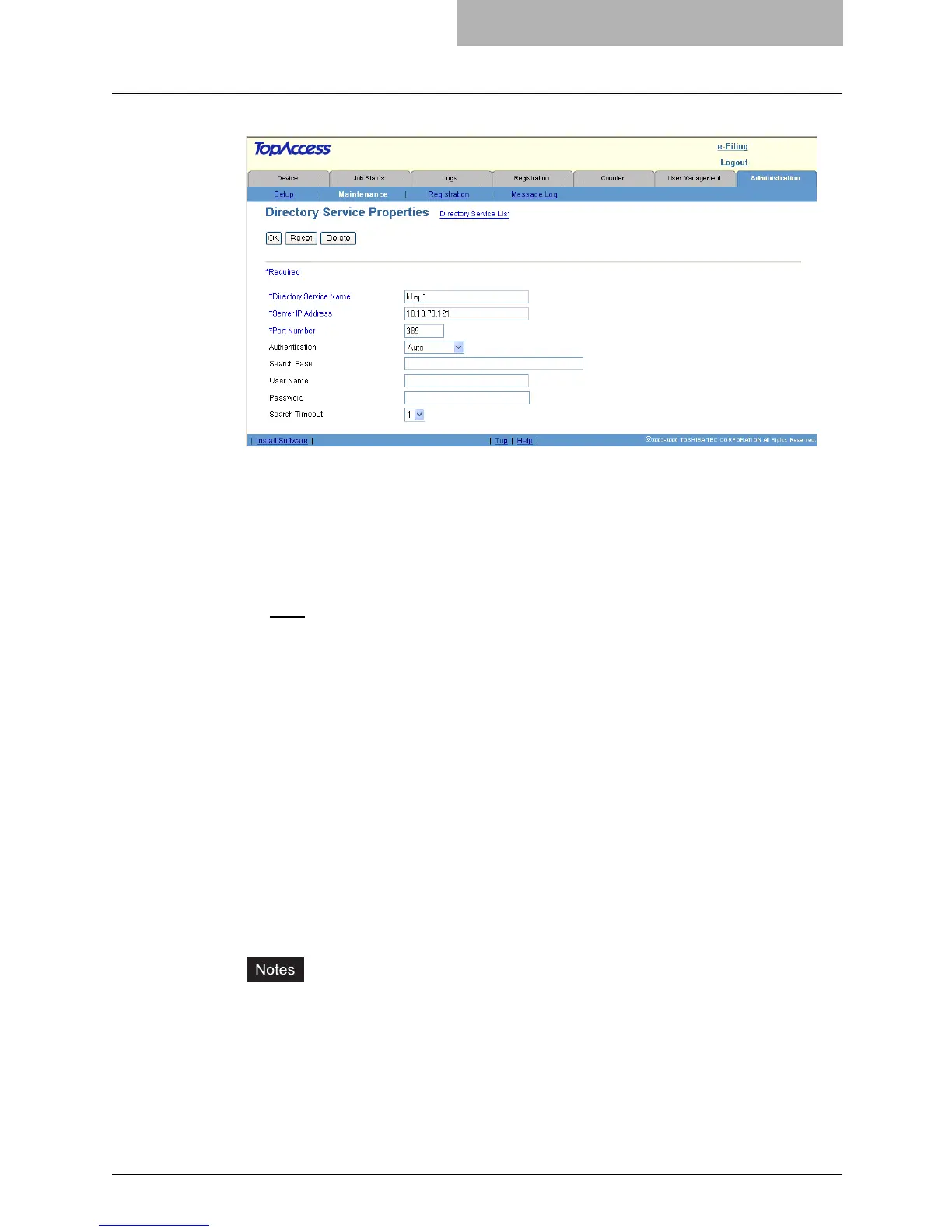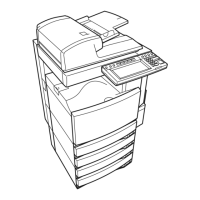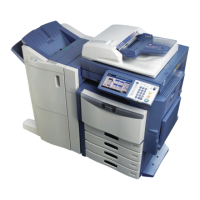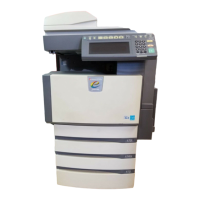Maintaining from TopAccess 215
4
Enter following items as required.
Directory Service Name — Enter the directory service name that identifies the directory
service.
Server IP Address — Enter the IP address or FQDN of the LDAP server.
Port Number — Enter the port number to access the LDAP server. Generally “389” port
is used to access the LDAP server without SSL. When the SSL is required, generally
“636” port is used to access the LDAP server.
Authentication — Select the authentication type for SASL. If you do not know the
authentication type, select “Auto”.
y Auto
— Select this to access the LDAP server using the appropriate authentication
that this equipment detects.
y Kerberos — Select this to access the LDAP server using the Kerberos authentica-
tion.
y Digest-MD5 — Select this to access the LDAP server using the Digest-MD5 authen-
tication.
y CRAM-MD5 — Select this to access the LDAP server using the CRAM-MD5 authen-
tication.
y Login — Select this to access the LDAP server using the login authentication.
y Plain — Select this to access the LDAP server using the plain authentication.
y Simple Bind — Select this to access the LDAP server using the Simple Bind authen-
tication.
Search Base — Enter the search root suffix. When you configure the Active Directory in
Windows server, make sure to enter this option.
User Name — Enter the user name to access the LDAP server, if required.
Password — Enter the password to access the LDAP server, if required.
Search Timeout — Select the time interval to quit a communication when the LDAP
server does not respond.
y If you use FQDN to specify the LDAP server, you must configure the DNS server and
enable the DNS in the DNS Session.
y When you configure the Active Directory in Windows server and Role Based Access
Control will be enabled for the User Management Setting, please specify the domain
administrator or account operator for the user name.
y When you configure the Active Directory in Windows server, make sure to enter the
Search Base

